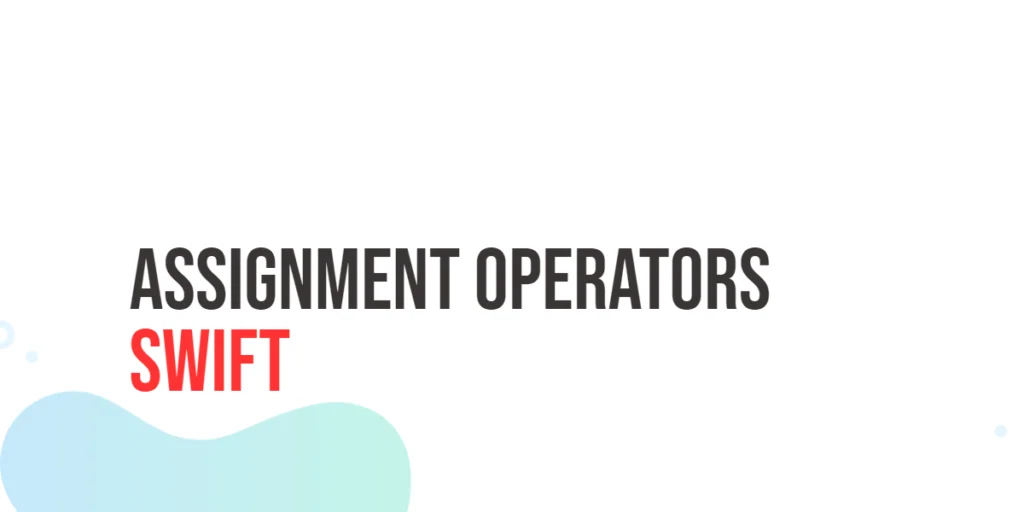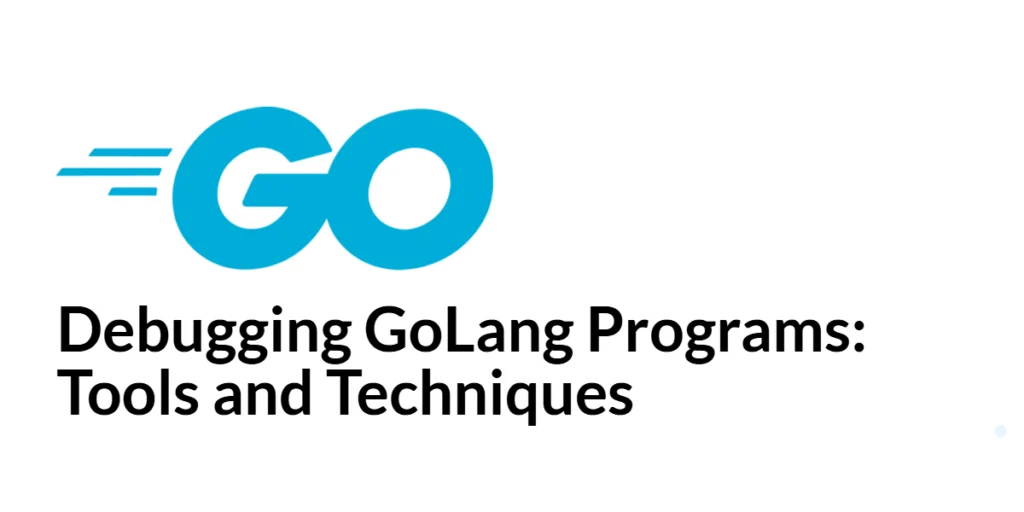Understanding how to calculate the volume of a right circular cone is a fundamental skill in both geometry and programming. Cones are widely used in architecture, manufacturing, and physics, making their volume calculation practically important. Learning to compute this in C++ helps beginners practice formulas, arithmetic operations, and logical thinking, while connecting coding to real-world scenarios.

with hands-on learning.
get the skills and confidence to land your next move.
Program 1: Find Volume of a Cone Using User Input
This program lets the user enter the radius and height of a cone. The volume is calculated using the formula: Volume = (1/3) × π × radius² × height.
#include <iostream>
#include <cmath>
using namespace std;
int main() {
double radius, height, volume;
cout << "Enter the radius of the cone: " << endl;
cin >> radius;
cout << "Enter the height of the cone: " << endl;
cin >> height;
volume = (1.0 / 3.0) * M_PI * radius * radius * height;
cout << "Volume of the cone is: " << volume << endl;
return 0;
}In this program, the user inputs the radius and height, and the volume is computed with the formula. Beginners get a practical demonstration of using constants, arithmetic operations, and floating-point numbers in C++.
Program 2: Volume Calculation with Predefined Values
For practice or testing, it’s helpful to calculate the volume using predefined values, which avoids user input errors.
#include <iostream>
#include <cmath>
using namespace std;
int main() {
double radius = 5.0;
double height = 12.0;
double volume = (1.0 / 3.0) * M_PI * radius * radius * height;
cout << "Volume of the cone is: " << volume << endl;
return 0;
}This approach helps beginners focus on the formula and calculation without worrying about input validation. It is also a good way to verify results quickly.
Program 3: Volume Calculation Using a Function
Encapsulating the volume calculation in a function makes the program modular and reusable. This approach is especially useful when dealing with multiple cones or complex programs.
#include <iostream>
#include <cmath>
using namespace std;
double coneVolume(double radius, double height) {
return (1.0 / 3.0) * M_PI * radius * radius * height;
}
int main() {
double r, h;
cout << "Enter the radius of the cone: " << endl;
cin >> r;
cout << "Enter the height of the cone: " << endl;
cin >> h;
double volume = coneVolume(r, h);
cout << "Volume of the cone is: " << volume << endl;
return 0;
}Using a function introduces modular programming, making the code cleaner and reusable. Beginners learn how to define functions, pass parameters, and return results, which is essential for scalable programming.
Program 4: Volume of Multiple Cones Using Arrays
When calculating the volume of multiple cones, arrays can store the radius and height of each cone, and a loop can perform calculations efficiently.
#include <iostream>
#include <cmath>
using namespace std;
int main() {
double radii[] {3, 5, 7};
double heights[] {6, 12, 10};
int n = 3;
for (int i = 0; i < n; i++) {
double volume = (1.0 / 3.0) * M_PI * radii[i] * radii[i] * heights[i];
cout << "Cone " << i+1 << " Volume: " << volume << endl;
}
return 0;
}This example shows beginners how to combine arrays and loops to handle multiple datasets efficiently. It also reinforces the concept of repetitive calculations and storing multiple values in memory.
Frequently Asked Questions (FAQ)
Q1: Can this program handle decimal values for radius and height?
Yes, using double allows for precise calculations with fractional numbers.
Q2: What is the significance of using π as a constant?
Defining π as a constant ensures consistency and makes the program easier to read and maintain.
Q3: Can we calculate surface area of the cone using a similar method?
Yes, the surface area formula involves the slant height and can be implemented in C++ similarly.
Q4: What happens if radius or height is zero?
The volume will be zero, which is consistent with the geometry of a cone.
Conclusion
Calculating the volume of a right circular cone in C++ is a valuable exercise for beginners. By practicing with user input, predefined values, functions, and arrays, learners gain hands-on experience in applying mathematical formulas, floating-point arithmetic, and modular coding. These programs also demonstrate how simple geometry can be translated into real-world C++ applications, strengthening problem-solving and programming skills.
Additional & References
Practicing volume calculations for different cones helps beginners apply formulas in programming, understand loops, functions, and arrays, and connect mathematics to C++ logic. Modular programming with functions also encourages clean and maintainable code.
- C++ Functions – Guide to writing reusable functions.
- C++ Arrays – Learn how to store and manipulate multiple values.
- C++ Input/Output – Efficient ways to handle user input.
- GeeksforGeeks: Volume of Cone – Step-by-step explanation for cone volume calculation.
- Mathsisfun: Cone Volume – Understanding the formula and applications of cone volume.







